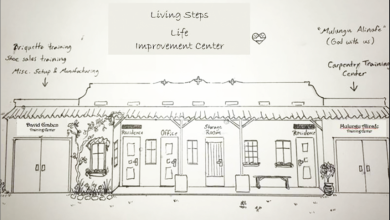Dan’s Shoe Repair ~ Boots & Shoes
Is a foot, just a foot?
Most people think of their feet as just that, two feet. A human foot however is far more complicated than that. The human body contains 206 bones. Of those 206 bones, 52 are found in the feet, or looking at it another way, just over 25% of our bones are located in our feet. So for the person that thinks of a foot as a solid one piece object, nothing could be farther from the truth. This is why our feet need the support they do. Even when people talk about their arch, they use singular language; “Oh, my arch hurts.” The arch of a human foot is made up of four components. An inner longitudinal arch, an outer longitudinal arch, a transverse arch and the anterior metatarsal arch; the entire arch is made up of 12 bones, far from just a solid object. Even the five toes on each foot are more complicated than they seem. The five toes (phalanges) are comprised of 14 bones. What does all this mean? The feet are very complex components made up of muscle, connective tissue, bones and flesh. They need care and support.
OK then, my “arches” hurt.
There are more foot maladies than there are foot bones. That being said, I am going to discuss one of them in this article, that being plantar fasciitis. Arch pain, also called arch strain, is a burning sensation located in the arch of the foot typically associated with inflammation, it can also present as heel pain. Plantar Fasciitis is a form of arch pain. The Plantar Fascia is one of those tissues mentioned above. It is a band of fibrous tissue which extends from the forefoot to the heel along the bottom of the foot. When this tissue is subjected to excessive stretching and starts to be pulled away from the heel, pain in the heel or arch is often the result. The pain tends to be worse upon waking or anytime a prolonged period of rest has occurred. Untreated, a heel spur could result from the continued stretching and strain on the longitudinal arch.
**The remedy for this condition is usually very simply, good shoes. Avoid high heels and find a shoe which provides stable lateral/medial support, and an insert with good support for your arches. A shoe style called comfort shoes are built to be very stable, and easily allow for the fitting of custom orthotics, or other specialized inserts, while not making the shoes too tight. They also come in a WIDE variety of sizes and widths. The bottom line is…….. Don’t wait until you have diabetes or have injured feet to start thinking about your footwear. If you care about your teeth, and you care about what you eat, then you HAVE to also care about what is on your feet! Start thinking of healthy feet while you are young!
**This article is meant to be informative, not medical advice. As with any foot pain issue, if problems persist, see your foot doctor.
Dan has been in and around shoe repair and retail shoes for over 40 years. His parent owned both a shoe repair/retail shoe store and operated a licensed vocational school teaching shoe repair. The Shulters family has been repairing shoes since 1947.




